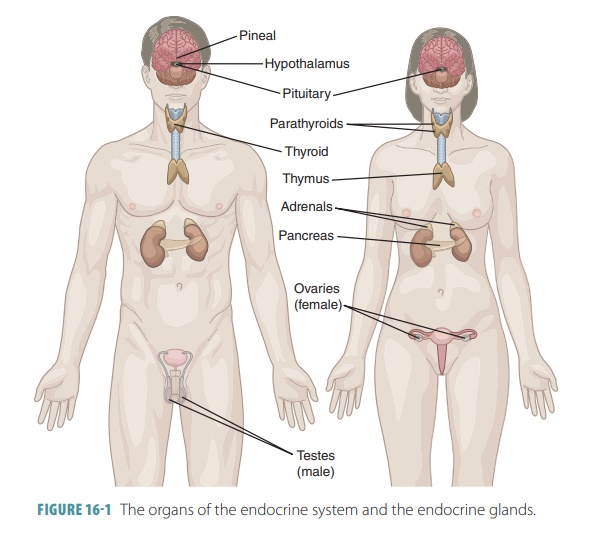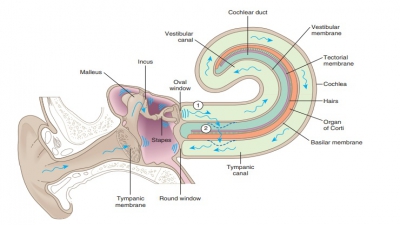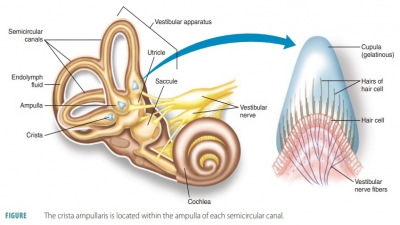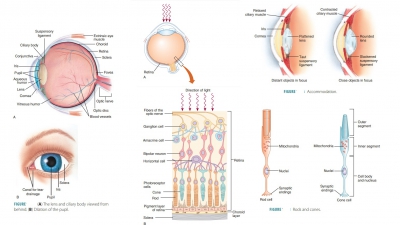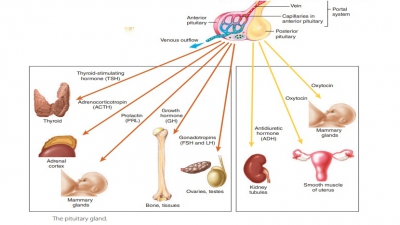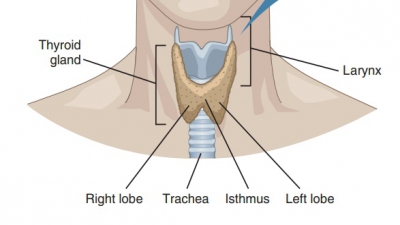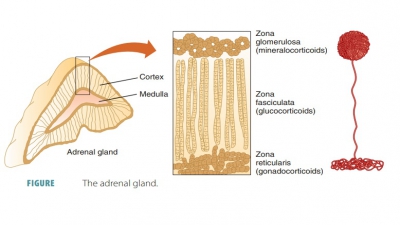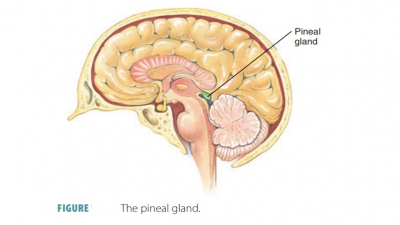Endocrine System
| Home | | Anatomy and Physiology | | Anatomy and Physiology Health Education (APHE) |Chapter: Anatomy and Physiology for Health Professionals: Endocrine System
The endocrine system works along with the nervous system to regulate the functions of the human body to maintain homeostasis.
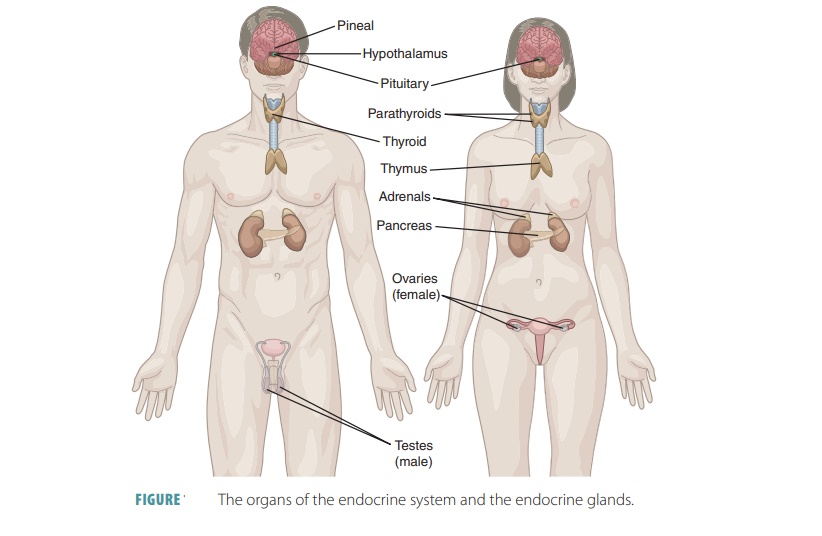
Endocrine
System
After studying this chapter, readers should be able to:
1. List the hormones released from the anterior and posterior
lobes of the pituitary gland.
2. Discuss from where the various types of hormones are
derived.
3. Describe the location of the thyroid gland and identify the
hormones produced by this gland.
4. Explain the functions of parathyroid hormones.
5. Describe the location, structure, and general functions of
the adrenal glands.
6. Identify the hormones produced by the adrenal cortex and
medulla.
7. Identify the hormones produced by the pancreas and specify
the functions of those hormones.
8. Describe the functions of the hormones produced by the
kidneys, heart, and thymus.
9. Identify the hormones produced by the testes and ovaries.
10. Describe
the hormones of special importance to normal growth.
Overview
The endocrine system works along with the nervous system to
regulate the functions of the human body to maintain homeostasis. However, the
endocrine system works much more slowly than the nervous system, which can
cause responses to occur within milliseconds. The endocrine system and its widely scat-tered glands secrete hormones that diffuse from the interstitial
fluid into the bloodstream. The hormones, which are chemical messengers, act on
target cells,
regulating their metabolic functions. Hormones affect most body cells,
regulating growth and development, balance of blood components, body defenses,
cellular metabolism, energy balance, and even reproduction. Hormones are
considered “long-distance” chemical signals.
However, there are also “short-distance” chemi-cal signals:
the paracrines and autocrines. Paracrine secretions
are those that affect only neighboring cells.
An example of paracrine actions is when somatostatin from
certain pancreatic cells stops insulin release by other pancreatic cells. Autocrine secretions are those that affect
the secreting cell only. For example, these chemicals are specific
prostaglandins that are released by smooth muscle cells and cause contraction
of these cells. Exocrine glands are
those that secrete nonhor-monal substances outside the body through ducts, and
include the sweat and salivary glands. The endocrine system controls body
processes for long periods of time.
Endocrine
System
The endocrine system, like the nervous system, uses chemical
signals that bind to receptor molecules. Similarities and differences between
the two sys-tems are summarized in TABLE
16-1. The glandular cells of the endocrine system release
hormones into the bloodstream, carrying messenger molecules throughout the
body. Endocrine glands are ductless glands. They help regulate metabolism,
controlling chemical reactions, transporting substances, regulating water and
electrolyte balances, and aiding in reproduction, growth, and development.
Endocrine glands release hormones into the surrounding tis-sue fluid. These
glands usually have a large amount of both vascular and lymphatic drainage of
their hormones.
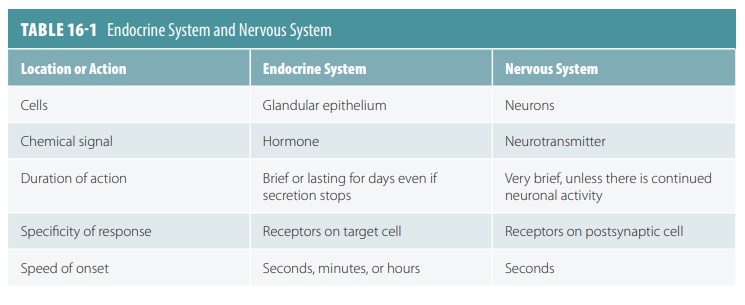
The major endocrine glands include the pitu-itary gland,
thyroid gland, parathyroid glands, adre-nal glands, pancreas, pineal gland,
thymus gland, and reproductive glands (FIGURE 16-1). The endocrine functions of the hypothalamus include the production and release of hormones, so it
is considered to be a neuroendocrine
organ.Also,
several organs maysecrete hormones, including the stomach, small intes-tine,
kidneys, and heart. (These are discussed in detail later in this chapter.)
